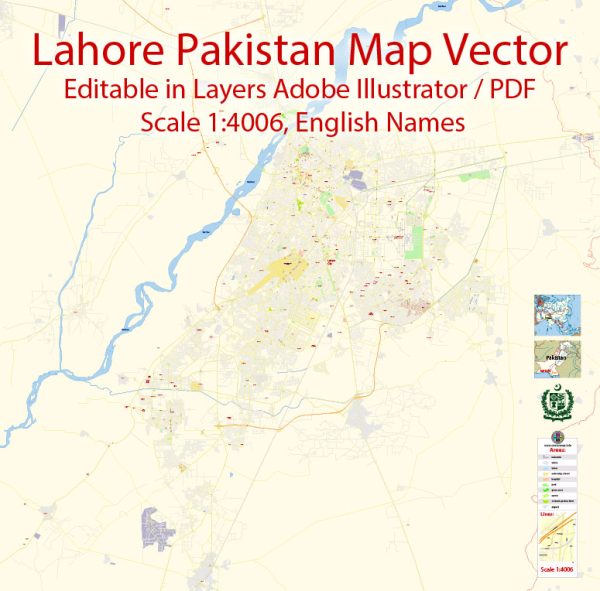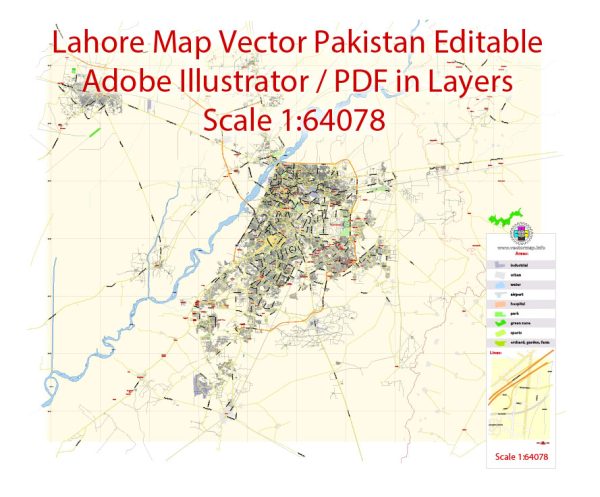Lahore, the capital city of the Punjab province in Pakistan, has a rich history of urban development that spans several centuries. The city’s history is marked by a diverse cultural heritage, reflecting the influences of various empires and civilizations that have ruled the region.
- Ancient Period:
- Lahore has ancient origins dating back over a millennium. It is believed to have been founded by Loh, the son of the Hindu god Rama, according to Hindu mythology.
- The city has witnessed the rise and fall of various empires, including the Maurya and Gupta empires.
- Islamic Rule:
- Lahore became a significant center during the Islamic era. The Ghaznavid and Ghurid dynasties established their rule in the region.
- The Delhi Sultanate, led by Mahmud of Ghazni, captured Lahore in the 11th century. Subsequently, the city came under the rule of various Muslim dynasties, including the Mughals.
- Mughal Period:
- Lahore reached its zenith during the Mughal Empire. Emperor Akbar made Lahore the capital of the empire for a brief period in the 16th century.
- The Mughals left a lasting architectural legacy in Lahore, with structures like the Lahore Fort, Badshahi Mosque, and Shalimar Gardens.
- Sikh Rule:
- In the early 19th century, Lahore came under Sikh rule led by Maharaja Ranjit Singh. The Sikh era saw further development of the city with the construction of religious and secular buildings.
- British Colonial Period:
- Lahore became a part of the British Empire in the mid-19th century after the Second Anglo-Sikh War. The British developed Lahore as an administrative and economic center.
- The city underwent significant urban planning during this period, with the construction of civil and military infrastructure, including the Lahore High Court and the University of the Punjab.
- Post-Independence Period:
- After the partition of British India in 1947, Lahore became part of Pakistan. The city underwent changes as it absorbed a large number of refugees.
- Lahore has continued to grow as an economic, cultural, and educational hub in Pakistan. The city has witnessed modern urban development with the construction of new infrastructure, commercial centers, and residential areas.
- Contemporary Development:
- In recent decades, Lahore has experienced rapid urbanization and population growth. The city has expanded with the development of new housing societies, shopping malls, and modern infrastructure.
- Efforts have been made to preserve and restore historical landmarks, ensuring that the city’s rich cultural heritage is maintained.
Lahore’s history of urban development reflects its resilience and adaptability as it has evolved through different eras, embracing diverse cultural influences while retaining its unique identity. Today, Lahore stands as a vibrant and dynamic city, blending history with modernity.



 Author: Kirill Shrayber, Ph.D.
Author: Kirill Shrayber, Ph.D.